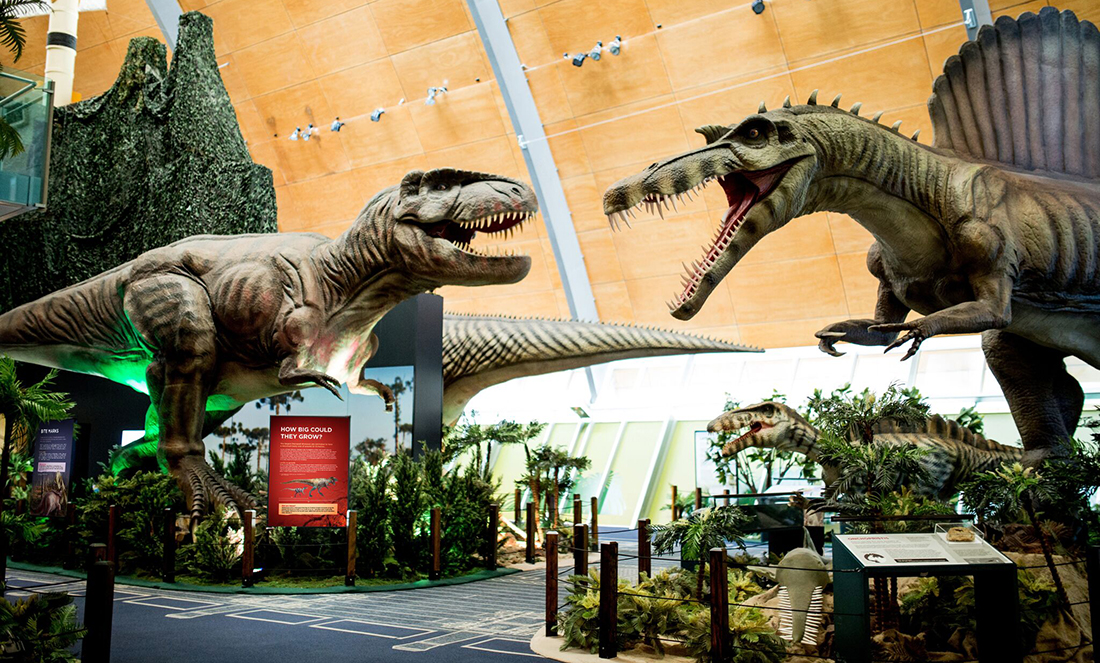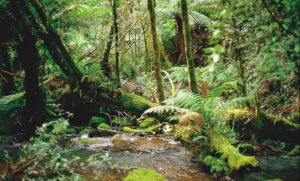Therizinosaurus is joined by 22 other dinosaurs in this digitally augmented exhibition.
Mikael Siversson is Curator of Palaeontology at the WA Museum. He’s responsible for choosing the different dinosaurs on display.
“I wanted to include dinosaurs from many parts of the world,” Mikael says.
“The Cretaceous era was selected as it offers the greatest diversity of shapes.”
You’ve heard of the Jurassic era? Well the Cretaceous era came after that and was around 145 to 66 million years ago.
Aussie Aussie Aussie!
Australia is strongly represented with a bunch of Aussie-discovered dinosaurs in the line-up. Plant eaters like the relatively gentle Leaellynasaura are joined by the disturbingly gruesome Australovenator, a meat eater with huge claws.
“These claws were made for killing, along with its jaws,” Mikael says.
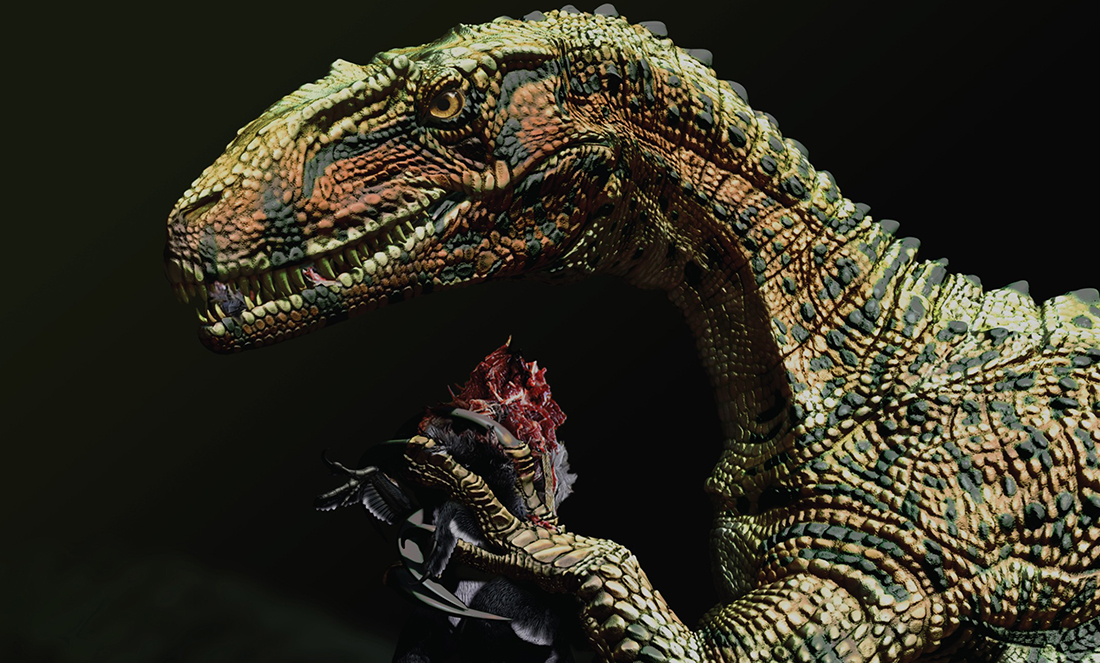
There are some they never taught you about at school—Muttaburrasaurus, an 8-metre long plant eater, and Kunbarrasaurus, a small armour-wearing dinosaur.
Carcharodontosaurus is Mikael’s favourite. At 11 metres long, this impressive creature has shark-like teeth.
“It’s a T. rex-like dinosaur,” Mikael says. “Everyone knows about T. rex. I wanted to show people there are other meat eaters.
“The Carcharodontosaurus is equally as terrifying.”
Speaking of terrifying, did I mention most of the dinosaurs in the exhibition are animatronic? This means they move. They even breathe.

Mongolia and dinosaur dung
The exhibition also has plenty of Mongolian dinosaurs.
“Mongolia has desert outcrops and exposed cliffs, with not a lot of soil coverage,” Mikael says. “This means dinosaur fossils from Mongolia are particularly well preserved, thanks to the environment.”
It’s not just old bones that have been unearthed (in Mongolia and other parts of the world). Fossilised dinosaur dung also helps palaeontologists with their research.
You don’t have to be a scientist to work out that an 8kg piece of dung came from a pretty big creature. Scientists have, however, analysed stuff like this to work out dinosaur diet.
“It was found to be full of bone chips,” Mikael says. “It was linked to T. rex, as he was thought to be a bone cruncher.
“Bite marks have also been found on bones. From this we know that T. rex sometimes ripped the head off the Triceratops to get to the neck muscles.”
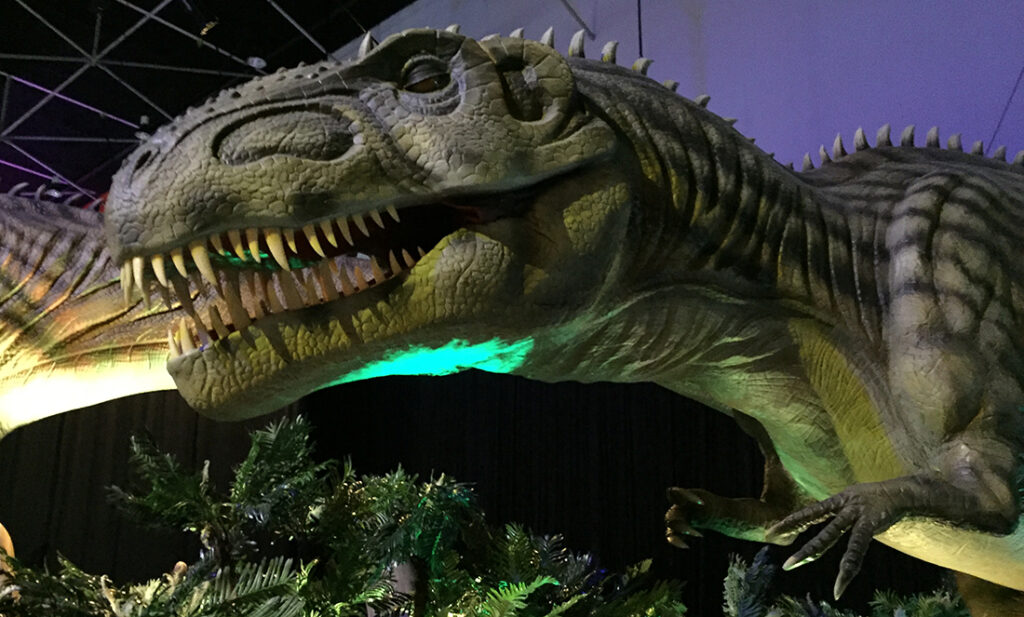
“T. rex sometimes ripped the head off the Triceratops to get to the neck muscles”
The award for the strangest dinosaur on display goes to Therizinosaurus.
“Therizinosaurus’s ancestors were meat eaters but gradually changed to feeding on plants,” Mikael says.
“Therizinosaurus looked a bit like a duck with small teeth, a huge gut and enormous claws for defence.”
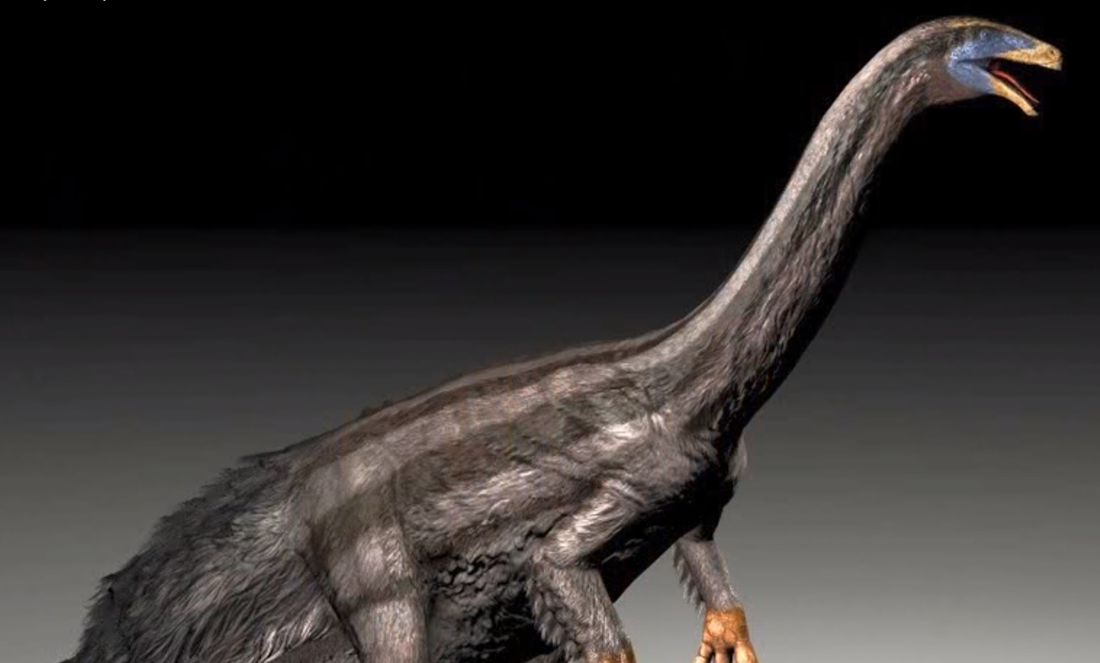
Dinosaur Discovery: Lost Creatures of the Cretaceous is at Perth Convention and Exhibition Centre and runs until 28 January. Visit the WA Museum website for ticket prices and more info.



